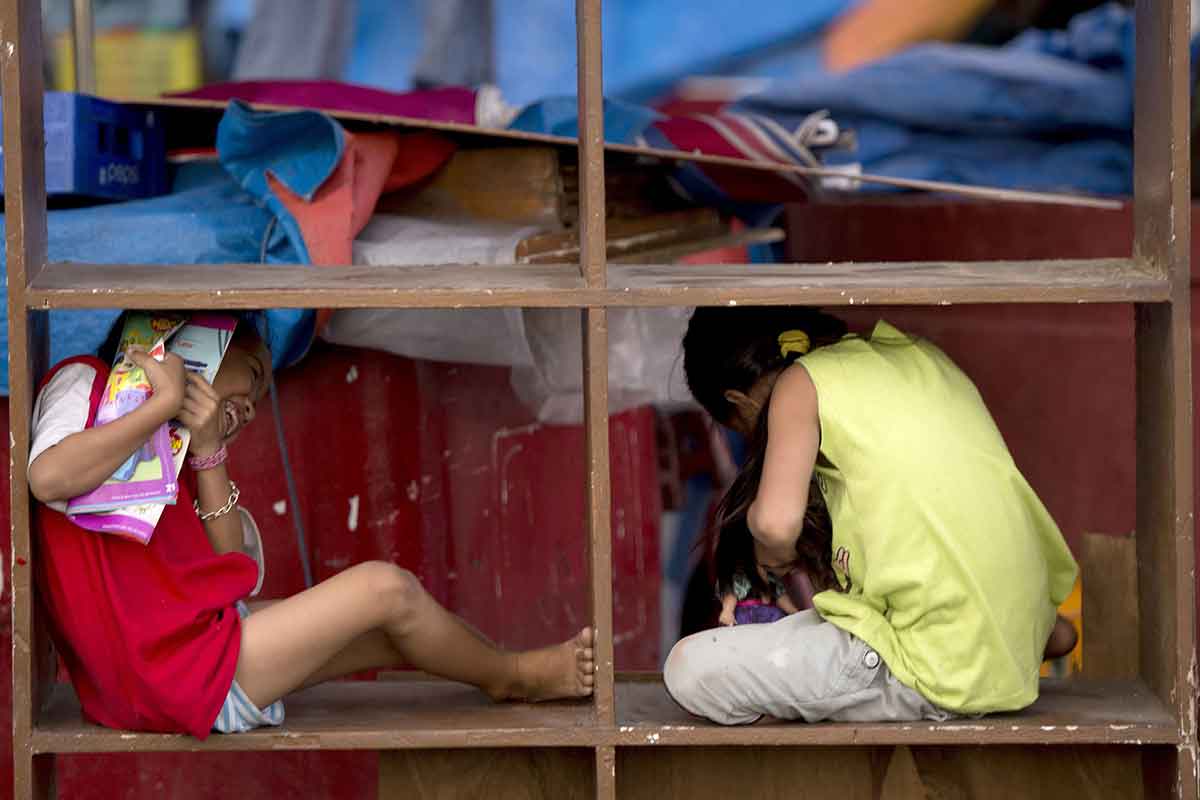Southeast Asia has a long way to go to improve its poor record of child sex abuse and exploitation, with a report by The Economist Intelligence Unit (EIU) last week showing ASEAN countries to be lagging behind their global counterparts.
The report titled 'Out of the Shadows: Shining light on the response to child sexual abuse and exploitation', included a ranking which saw the Philippines emerge as the region’s best equipped country to respond to sexual abuse and exploitation against children after finishing 16th in the 40-country survey with 55.3 points.
Malaysia was 20th with 53.4 points, followed by Cambodia (23rd with 52.5 points), Indonesia (32nd with 47 points) and Vietnam (37th with 42.9 points). The United Kingdom (82.7 points), Sweden (81.5 points) and Canada (75.3 points) finished in the top-three. The score was a weighted average of four indicators; environment, legal framework, government commitment and capacity and engagement of civil society, industry and media.
Meant to raise global awareness and mobilise action to address the problem of sexual abuse and exploitation in children, the EIU report addresses an issue which the World Childhood Foundation calls a “global epidemic affecting at least 10 percent of children”.
The World Health Organisation (WHO) defines sexual abuse as “the actual or threatened physical intrusion of a sexual nature, whether by force or under unequal or coercive conditions” and sexual exploitation as “any actual or attempted abuse of a position of vulnerability, differential power, or trust, for sexual purposes, including, but not limited to, threatening or profiting monetarily, socially or politically from the sexual exploitation of another”.
It is hoped that with the index, which covers 70 percent of the world’s population under the age of 19 and is based on data collected and analysed between February and December 2018, countries will be better equipped to monitor their progress of reaching the United Nations’ Sustainable Development Goal 16.2 – ending abuse, exploitation, trafficking and all forms of violence against, and torture of, children by 2030.
Globally, the WHO estimates that up to one billion children aged two to 17 years have experienced physical, sexual or emotional violence or neglect in the past year leading up to February 2018.
A problem plaguing Southeast Asia
The numbers are just as alarming in Southeast Asia.
In the Philippines’ Cebu City, 25 percent of all sex workers on the streets are sexually exploited children. The city is a hub for live-stream sexual abuse and is also the “number one global source of child pornography” according to the United Nations Children’s Fund (UNICEF). The Philippine Justice Department received more than 3,000 reports from overseas of possible cybersex trafficking cases each month in 2018.
According to Samleang Seila, executive director of Cambodian anti-paedophile NGO Action Pour Les Enfants (APLE), about 207 foreigners abused nearly 60,000 victims from 2013 to December 2018 in Cambodia – with “most of the victims children from poor communities that lacked knowledge of what sexual abuse is.”
Statistics from Vietnam’s Ministry of Public Security showed child sexual abuse cases had doubled from 867 between 2010 and 2013 to 1,544 in 2014 alone – meaning three children fell victims to paedophiles every day.
In Malaysia, court officials took two days to read all 626 charges against a man charged with more than 600 sexual abuses against his daughter in 2017.
While shocking, these figures are hardly surprising – and the causes have been well documented. Sexual abuse and exploitation against children are multifaceted problems with roots at the individual, personal relationship, community and societal levels.
Poverty, poor parenting practices, dysfunctional families, association with delinquent peers, inadequate social protection and poor governance worsen one of society’s greatest ills. In addition, poorly-trained staff in the education, medical and social services sectors are factors which lead to a lack of reporting of sexual offences – and the meagre data on the prevalence of child exploitation. And after abuses have been reported, legal loopholes, red-tape, difficulties in collecting testimonies from victims and a lack of cooperation amongst government agencies contribute to the low-conviction rates for such cases.
Take for example Malaysia, where according to data released in 2016, 12,987 cases of child sexual abuse were reported to the police between January 2012 and July 2016. Of that number, charges were filed in 2,189 cases and there were only 140 convictions, a dismal conviction rate of just 0.01 percent.

Source: ECPAT (End Child Prostitution and Trafficking) International
A report released in 2017 by ECPAT (End Child Prostitution and Trafficking) International identified outdated laws and weak legal enforcement as increasing the risk of sexual exploitation of children across Southeast Asia, with the issue growing in recent years due to a lack of awareness. Increased tourism and internet penetration are other factors that have contributed to a rise in sexual exploitation of children in the region.
Although a lot has been done to clamp down on the problem such as the implementation of harsher sentencing and special courts for abuse cases, it is obvious there is still much work to be done. And with today’s children becoming the workforce of tomorrow, ASEAN should step up technical assistance and strengthen cooperation to permanently eradicate one of the region’s worst evils.
Related articles:
The evil that lurks within Southeast Asia
ASEAN tourism: A victim of its own success
An overview of ASEAN's digital landscape
